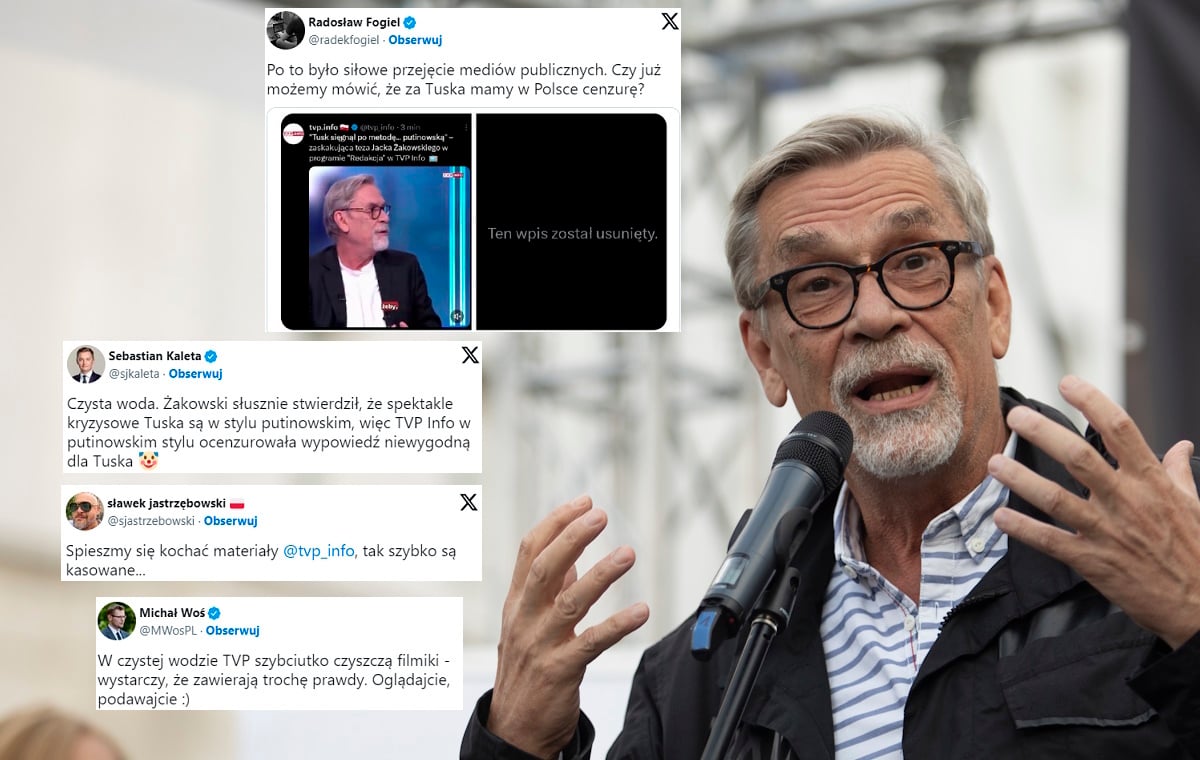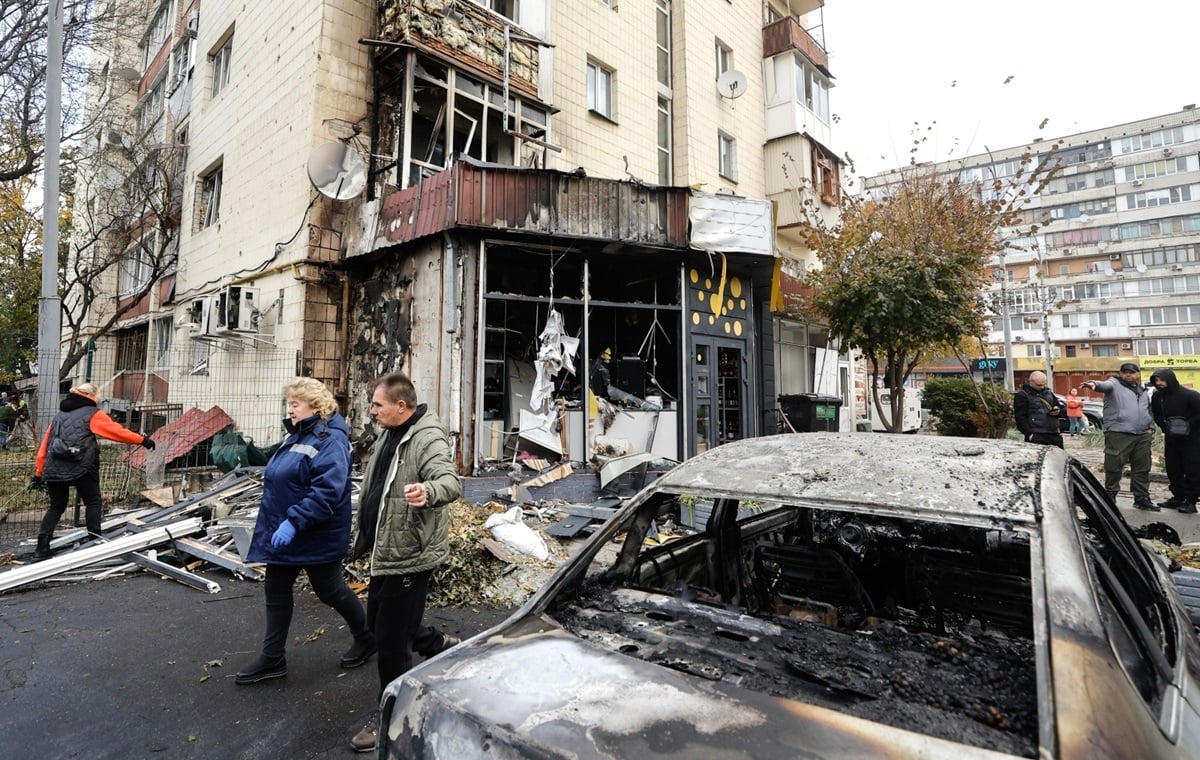The World Economic Forum (WEF) has prepared the Global Gender Gap 2023 report. The report compares gender gaps in various areas such as economic opportunities, education levels, health and opportunities in the world of politics. This report analyzes gender equality in 146 countries based on data. The study shows that the gender parity index now stands at 68.4 percent, a slight increase from 68.1 percent. last year (the higher the score, the better).
The Global Gender Gap Report compares gender gaps in four different areas: economic participation and opportunity; educational achievement; health and survival; and the opportunity to gain political position. According to the WEF, the data is calculated based on the latest statistics from international organizations, as well as surveys.
Read also on BUSINESS INSIDER
In terms of methodology, each of the four sub-indicators is calculated as a weighted average of the underlying data. The average score for each sub-indicator is then used to calculate the overall Global Gender Gap Index score.
“The overall gender gap in health and education has narrowed over the past year, but progress on policy opportunities has essentially stalled and women’s participation in the economy has declined rather than increased,” said Saadia Zahidi, WEF managing director.
See also: Here, the boss just waits for his employees. Check how much you will earn [RANKING ZAWODÓW]
According to the report, at the current rate of progress, it would take 162 years to close the gender gap in political empowerment and 169 years to close the gender gap in economic participation..
Unfortunately, so far no country has been able to completely close the gender gap. The United States ranked only 43rd and Poland 60th, just behind Bangladesh, Zimbabwe and Belarus.
Here are the 10 countries with the smallest gaps in the treatment of women and men.
10. Belgium
Belgium is among the top ten countries, achieving an overall gender parity rate of 79.6%.
The country has achieved full equality in terms of educational attainment. It also aims to fill the gap in terms of opportunities in the world of politics, with full equality in ministerial positions and women occupying 42.7 percent. seat in parliament.
9. Lithuania
According to the WEF report, Lithuania is ranked ninth with gender equality of 80%. Reached 98.9 percent. educational achievement parity and 98 percent. balance in health and survival.
The country also had a female prime minister in 2020.
8. Namibia
Namibia ranked eighth with parity of 80.2%, making it the highest-ranking sub-Saharan African country on the list.
According to the WEF, the country has achieved full parity in health and survival rates, as well as educational attainment – although overall scores for both are low for women and men.
In terms of political empowerment, the country has had a female prime minister since 2015.
7. Nicaragua
Nicaragua reached 81.1 percent. gender equality and is the highest ranking Latin American country in the index.
The country remains seventh on the list, as it did in the 2022 edition of the study.
Although Nicaragua treats genders equally in terms of educational attainment, the country lags behind in terms of women’s economic participation, at only 64 percent. balance.
6. Germany
Germany rose four positions from 2022 and took sixth place on the list in 2023, reaching a rate of 81.5%.
This promotion is mainly due to the increase in the number of women holding parliamentary and ministerial positions in the country.
Additionally, Germany has achieved equality at all levels of education except secondary education.
5. Sweden
Sweden maintained its position in fifth place since the last edition of the report, with similar results to Germany. At the same time, the country achieved full equality in terms of educational levels.
4. New Zealand
New Zealand was in fourth place, with a rate of 85.6%, according to the report.
In terms of the balance of political power, the country has had a female head of state for 16 of the last 50 years. However, there is still a 12.5% gender gap in labor force participation.
3. Finland
Finland ranked third with a gender parity score of 86.3%, an increase of 0.3%. compared to the previous year.
However, women’s life expectancy in this country has fallen by almost 1.5 years since 2006.
2. Norway
According to the WEF report, Norway achieved a score of 87.9%. in terms of gender equality, it rose one position and took second place this year.
Progress in this country is about political empowerment. Women currently occupy 50 percent. ministerial positions and 46.2 percent of parliamentary positions in the country.
However, life expectancy for women in Norway at birth is 71.6 years – 2.7 years lower than in the 2020 edition of the report.
1. Iceland
According to the WEF report, Iceland experienced a decline of 91.2 percent. gender gap and topped the rankings for 14 consecutive years. It is also the only country that has managed to maintain a balance between women and men at a level exceeding 90%.
In terms of political empowerment, the country has had a female prime minister since 2017. In addition, more than 40 percent of Iceland’s ministerial and parliamentary positions are held by women. In terms of education level, the situation of women and men in Iceland is almost the same and the parity index is 99.1%.
The article above is a translation from the American edition of Insider.
Translation: Dorota Salus


![Bogusław Wołoszański: “Achieving nuclear weapons would be the beginning of World War III” [WYWIAD]](https://storage.googleapis.com/bieszczady/rzeszow24/articles/image/877236c0-66fd-457a-9eb4-41792f9077ff)




